The Humble Fruit Fly: Genetics' Unsung Hero
In dimly lit laboratories around the world, a tiny insect with red eyes and translucent wings has quietly revolutionized our understanding of life itself. Drosophila melanogaster, the common fruit fly, has served as the workhorse of genetic research for over a century, contributing to discoveries that shaped modern biology and medicine.
What makes this diminutive creature so extraordinary isn't its size or lifespan, but rather its genetic simplicity paired with surprising biological complexity. Fruit flies share about 60% of human disease-causing genes, making them invaluable for studying conditions from cancer to neurodegenerative disorders. Their rapid reproductive cycle - a new generation every two weeks - allows scientists to observe genetic changes across hundreds of generations in mere months.
The fruit fly's journey to scientific stardom began in 1908 when Thomas Hunt Morgan selected Drosophila as his model organism at Columbia University. His famous "Fly Room" became the birthplace of chromosomal inheritance theory after the team noticed a white-eyed mutant among normally red-eyed flies. This accidental discovery would eventually earn Morgan the Nobel Prize and establish Drosophila as genetics' most important invertebrate model.
Beyond basic inheritance, fruit flies have illuminated fundamental biological processes. The discovery of homeobox genes - the genetic architects that determine body plan development - first occurred in Drosophila. These genes, remarkably conserved across species, explain why studying fly development helps us understand human embryogenesis. The 1995 Nobel Prize in Physiology or Medicine recognized this breakthrough, awarded for discoveries concerning the genetic control of early embryonic development using fruit flies.
Modern neuroscience owes tremendous debt to these tiny aviators. The relatively simple Drosophila nervous system (about 100,000 neurons compared to humans' 86 billion) allows researchers to map neural circuits with precision impossible in more complex organisms. Studies of fruit fly brains have revealed principles of circadian rhythms, learning mechanisms, and even social behaviors that translate to higher animals.
Cancer research frequently employs Drosophila models to unravel tumor growth pathways. Flies don't develop malignant tumors like mammals, but introducing human oncogenes into fruit flies creates observable tumor-like growths. This approach has identified numerous genes involved in uncontrolled cell proliferation, metastasis, and apoptosis - programmed cell death that fails in cancers.
The pharmaceutical industry increasingly turns to fruit flies for drug screening. Their permeable larvae allow rapid absorption of test compounds, and genetic modifications can create fly models of specific diseases. Alzheimer's, Parkinson's, diabetes, and even rare genetic disorders have been studied using tailored Drosophila strains, accelerating drug discovery while reducing mammalian testing.
Remarkably, about 75% of known human disease genes have recognizable counterparts in the fruit fly genome. This genetic conservation means modifying a single gene in Drosophila often produces effects similar to those in human patients. When researchers identified the fly version of the NF1 tumor suppressor gene (mutated in neurofibromatosis), they could study tumor formation mechanisms in weeks rather than years.
Drosophila research continues evolving with cutting-edge technology. CRISPR gene editing allows precise modifications to fly genomes, while advanced microscopy tracks cellular processes in living flies. Connectomics - mapping all neural connections - progresses faster in fruit flies than any other organism, promising insights into brain function and disorders.
Despite newer model organisms like zebrafish or mice, the fruit fly maintains its position due to unparalleled genetic tools. The scientific community has created over 30,000 distinct Drosophila strains with specific mutations, all publicly available. This "fly library" lets researchers worldwide access specialized genetic variants instantly, fostering unprecedented collaboration.
Ethical considerations add to Drosophila's appeal. While vertebrate research faces increasing restrictions, fruit flies occupy a different ethical category, allowing experiments impossible in mammals. Their brief lifespans enable studies across entire life cycles quickly, and their small size permits maintaining thousands in modest laboratory spaces.
From classroom demonstrations to Nobel-winning discoveries, Drosophila melanogaster has earned its wings as genetics' most prolific contributor. As we enter the personalized medicine era, this unassuming insect continues providing insights into human health and disease. The next time you swat away a fruit fly near bananas, consider that its microscopic cousins may hold keys to curing cancer, understanding autism, or delaying neurodegeneration - quite a legacy for an insect most consider merely a kitchen nuisance.
Future research will likely expand Drosophila's role in studying complex traits influenced by multiple genes and environmental factors. The fly's simple system allows controlling variables impossible in human studies, potentially revealing how genetic predispositions interact with diet, toxins, or stress. As artificial intelligence analyzes growing fly data, we may discover biological patterns invisible to human researchers.
The story of the fruit fly reminds us that scientific revolutions often come in small packages. While charismatic megafauna capture public imagination, this millimeter-long insect has quietly transformed medicine, saved countless lives, and rewritten biology textbooks. In laboratories worldwide, generations of researchers will continue peering through microscopes at these tiny genetic marvels, knowing each red-eyed fly carries potential to unlock nature's deepest secrets.

By /Jun 10, 2025
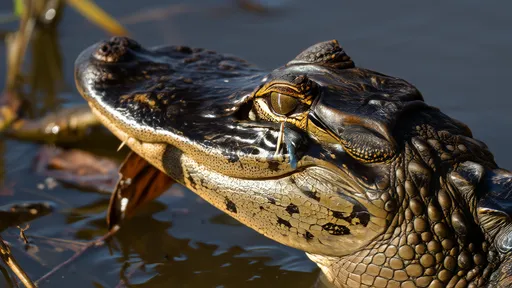
By /Jun 10, 2025
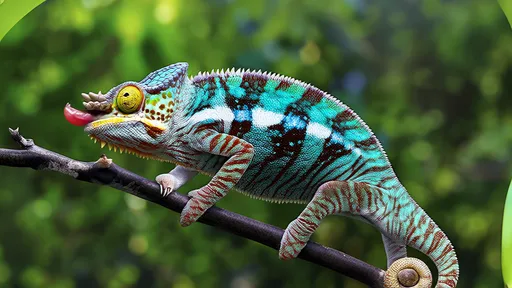
By /Jun 10, 2025
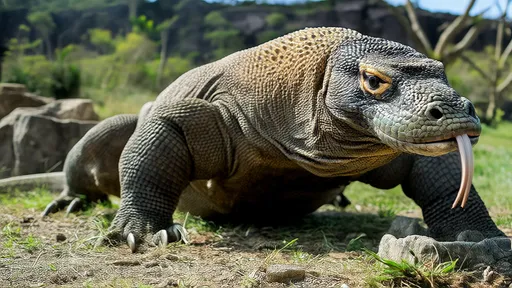
By /Jun 10, 2025
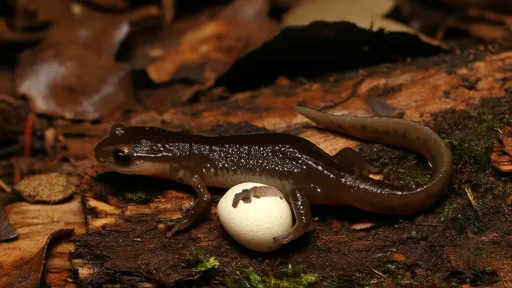
By /Jun 10, 2025
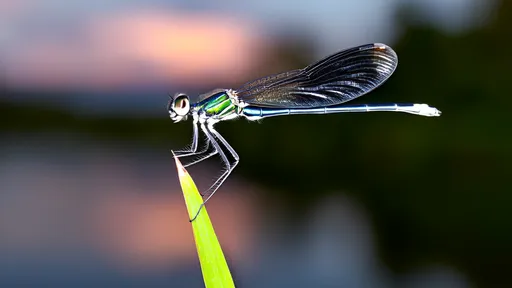
By /Jun 10, 2025
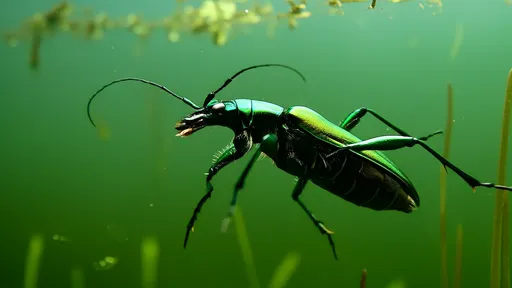
By /Jun 10, 2025
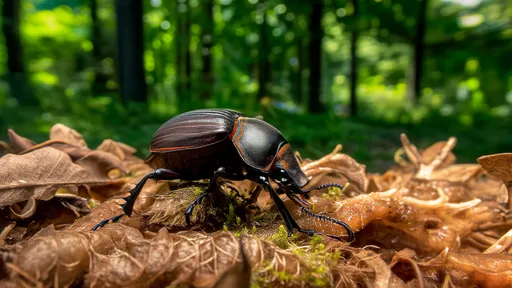
By /Jun 10, 2025
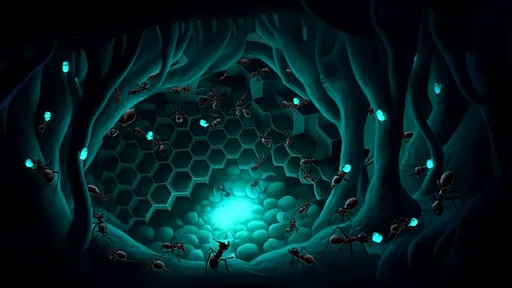
By /Jun 10, 2025
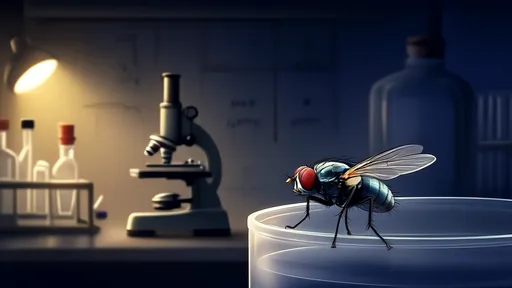
By /Jun 10, 2025
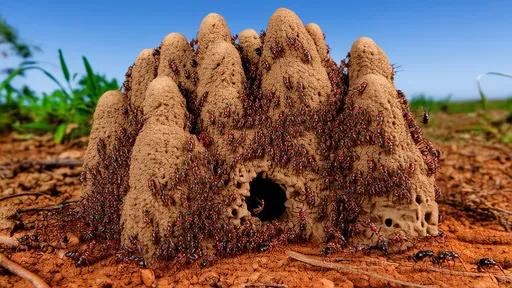
By /Jun 10, 2025
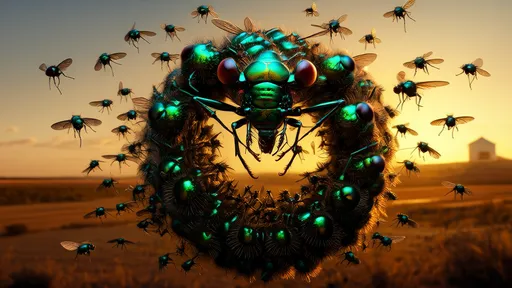
By /Jun 10, 2025
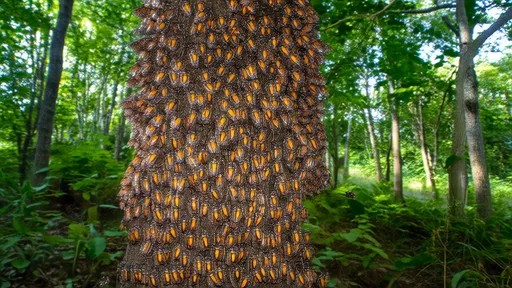
By /Jun 10, 2025
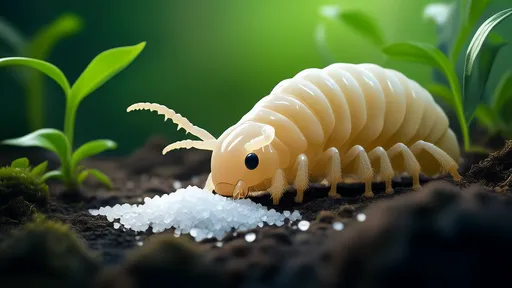
By /Jun 10, 2025
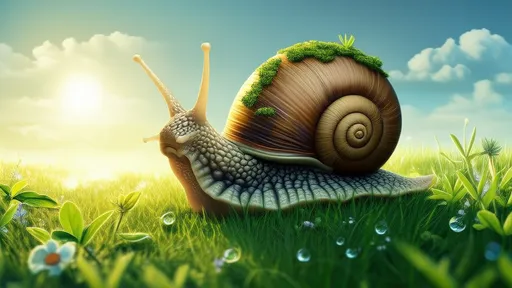
By /Jun 10, 2025
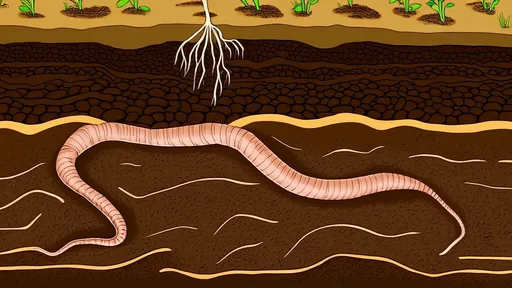
By /Jun 10, 2025
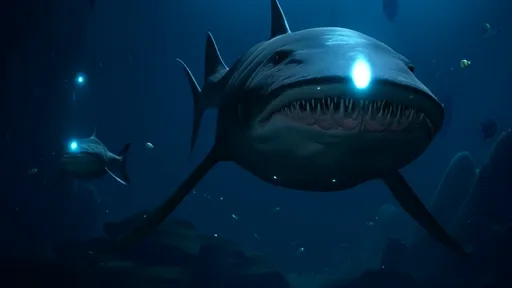
By /Jun 10, 2025